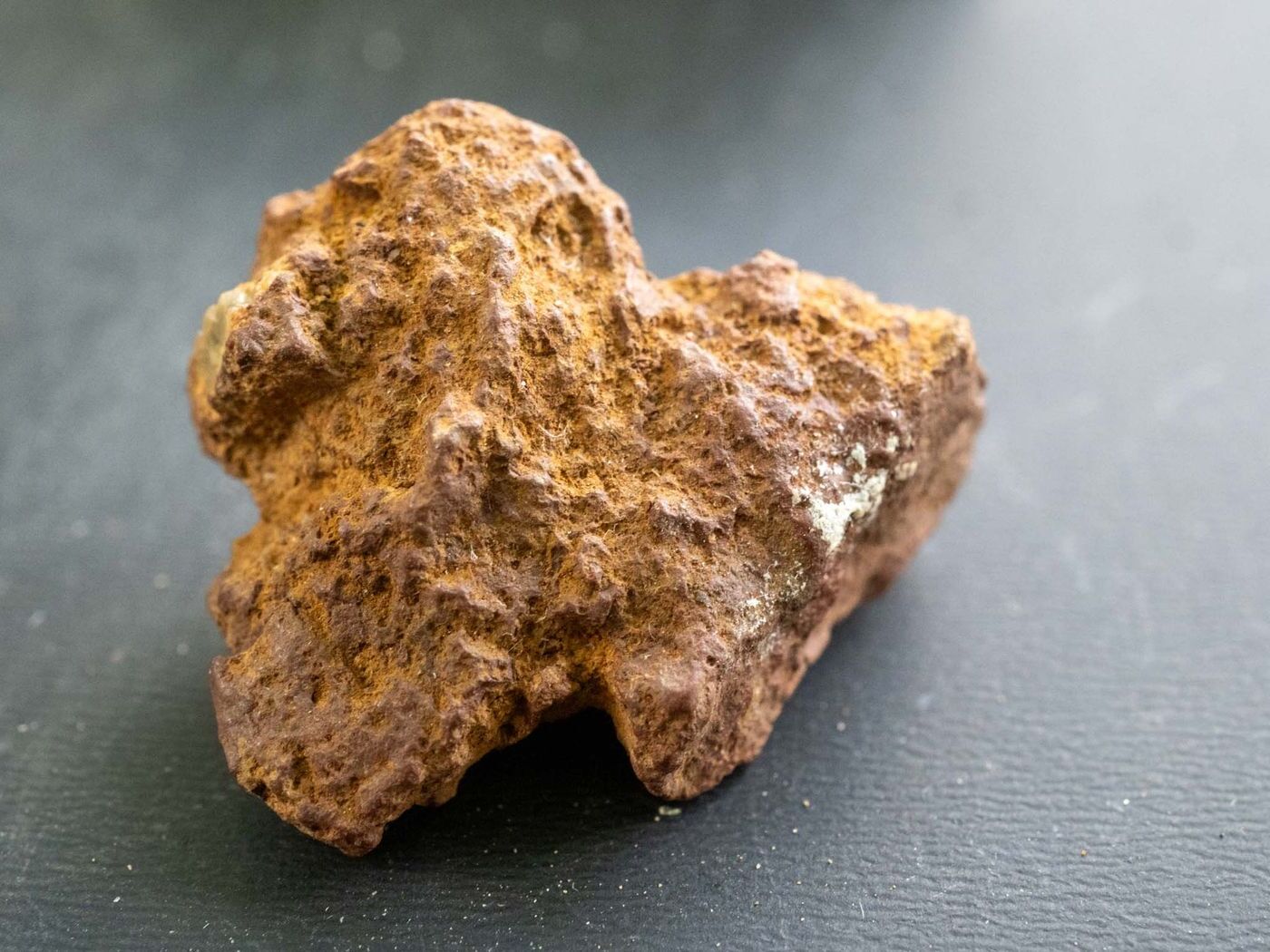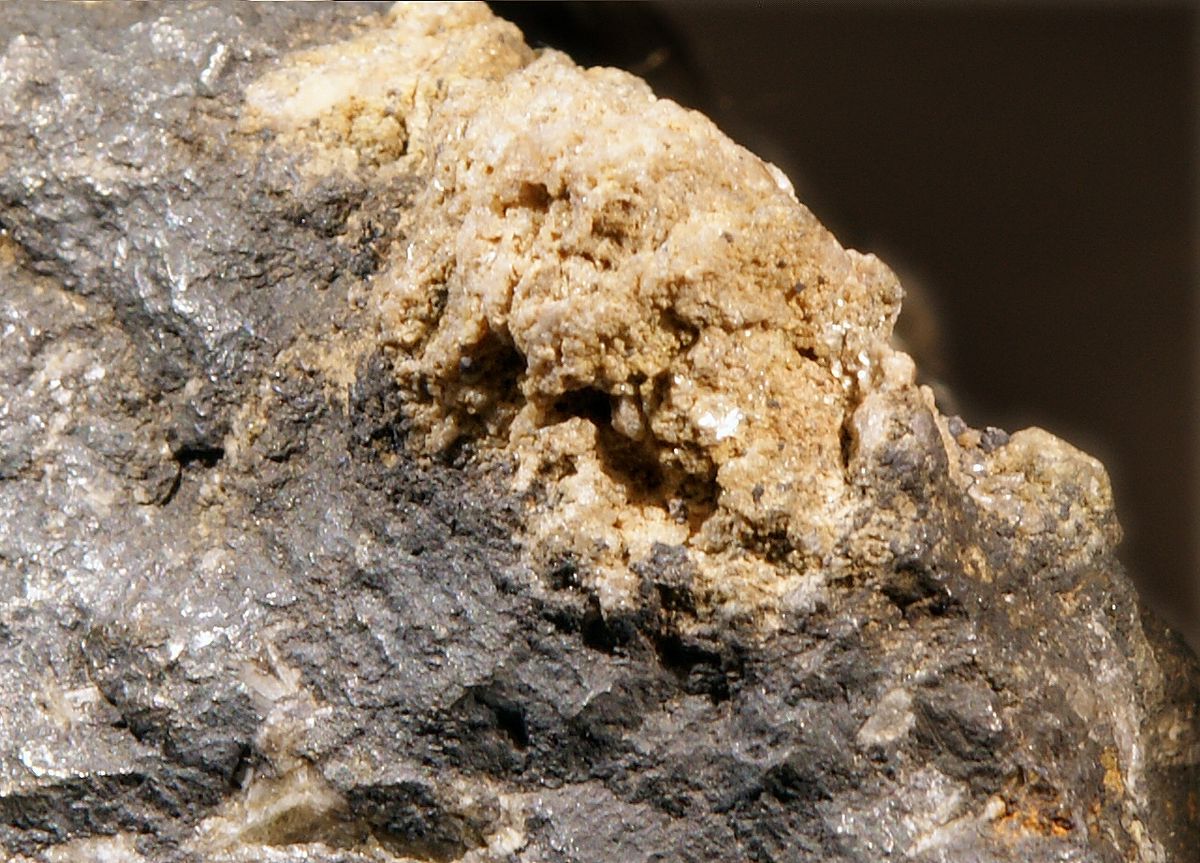
Brockite is a rare phosphate mineral that often intrigues geologists and mineral enthusiasts alike. Found primarily in pegmatites and granite formations, this mineral boasts a unique composition of calcium, thorium, and phosphate. Brockite typically appears in small, yellow to brown crystals, making it a fascinating specimen for collectors. Its discovery dates back to the mid-20th century, named after the American mineralogist Maurice Brock. Despite its rarity, Brockite plays a significant role in understanding geological processes and the formation of phosphate minerals. Whether you're a seasoned geologist or a curious student, these 30 facts about Brockite will enrich your knowledge and appreciation for this captivating mineral.
Key Takeaways:
- Brockite is a rare and intriguing mineral named after Maurice R. Brock. It's found in specific locations like the United States and Canada, and its unique properties make it a prized specimen for collectors.
- With its unique composition and properties, Brockite is a subject of ongoing scientific research and contributes to our understanding of phosphate mineralogy and geological processes. It's a valuable find for mineral enthusiasts and geologists alike.
What is Brockite?
Brockite is a rare phosphate mineral that has intrigued geologists and mineral enthusiasts alike. Its unique properties and formation make it a subject of interest. Here are some fascinating facts about Brockite.
-
Brockite is named after Maurice R. Brock, a notable American mineralogist.
-
This mineral is primarily composed of phosphate with elements like calcium, thorium, and cerium.
-
Brockite typically forms in granite pegmatites, which are coarse-grained igneous rocks.
-
The mineral often appears in yellow to brown hues, adding to its distinct appearance.
-
Brockite has a hardness of 4.5 on the Mohs scale, making it relatively soft compared to other minerals.
Where is Brockite Found?
Brockite's rarity means it isn't found just anywhere. Its locations are specific and often remote.
-
Brockite was first discovered in the United States, specifically in the state of Virginia.
-
Significant deposits have also been found in Canada, particularly in the Northwest Territories.
-
Other notable locations include Norway and Russia, where it is found in smaller quantities.
-
The mineral is often associated with rare earth elements, making its locations even more valuable.
-
Brockite is typically found in small quantities, making large specimens quite rare.
Uses of Brockite
While not widely used in commercial applications, Brockite has its own niche uses.
-
Brockite is primarily of interest to collectors due to its rarity and unique properties.
-
It is also studied by geologists to understand the formation of phosphate minerals.
-
The presence of thorium in Brockite makes it of interest in nuclear science for research purposes.
-
Some museums and educational institutions display Brockite as part of their mineral collections.
-
Brockite's unique composition can help in geochemical studies, particularly in understanding phosphate deposits.
Physical Properties of Brockite
Understanding the physical properties of Brockite can help in identifying and studying this mineral.
-
Brockite has a vitreous to resinous luster, giving it a shiny appearance.
-
It has a specific gravity of around 4.2, which is relatively high for a phosphate mineral.
-
The mineral exhibits poor cleavage, meaning it doesn't break along well-defined planes.
-
Brockite is typically found in massive to granular forms rather than as well-formed crystals.
-
Under ultraviolet light, Brockite can exhibit fluorescence, adding to its visual appeal.
Chemical Composition of Brockite
The chemical makeup of Brockite is what sets it apart from other minerals.
-
Brockite's chemical formula is (Ca,Th,Ce)PO4·H2O, indicating the presence of calcium, thorium, and cerium.
-
The presence of thorium makes Brockite slightly radioactive, requiring careful handling.
-
Cerium in Brockite is a rare earth element, adding to the mineral's uniqueness.
-
The mineral contains water molecules in its structure, classifying it as a hydrated phosphate.
-
Brockite can undergo alteration to form other minerals, such as monazite, under certain conditions.
Interesting Facts about Brockite
Here are some additional intriguing tidbits about this rare mineral.
-
Brockite is often found in association with other rare minerals like xenotime and zircon.
-
The mineral's name was officially approved by the International Mineralogical Association in 1962.
-
Brockite's rarity makes it a prized specimen for mineral collectors around the world.
-
The mineral's unique properties make it a subject of ongoing scientific research.
-
Brockite's discovery has contributed to our understanding of phosphate mineralogy and the geological processes that form these minerals.
Final Glimpse at Brockite
Brockite, a fascinating mineral, holds a treasure trove of geological and scientific significance. Found in granite pegmatites and hydrothermal veins, it’s a rare gem for collectors and researchers alike. Its unique composition of phosphates and rare earth elements makes it a subject of study in mineralogy and geochemistry.
Understanding Brockite's formation and properties can provide insights into earth's geological history. Its distinctive yellow to brown color and crystal structure make it easily identifiable. Whether you're a geologist, a student, or just someone with a curiosity for minerals, Brockite offers a window into the complex and beautiful world of earth sciences.
So next time you come across this intriguing mineral, you'll know a bit more about its story and significance. Keep exploring, and who knows what other wonders you'll uncover!
Frequently Asked Questions
Was this page helpful?
Our commitment to delivering trustworthy and engaging content is at the heart of what we do. Each fact on our site is contributed by real users like you, bringing a wealth of diverse insights and information. To ensure the highest standards of accuracy and reliability, our dedicated editors meticulously review each submission. This process guarantees that the facts we share are not only fascinating but also credible. Trust in our commitment to quality and authenticity as you explore and learn with us.


